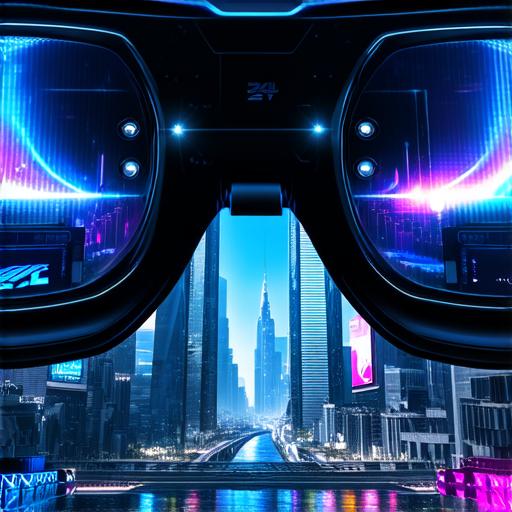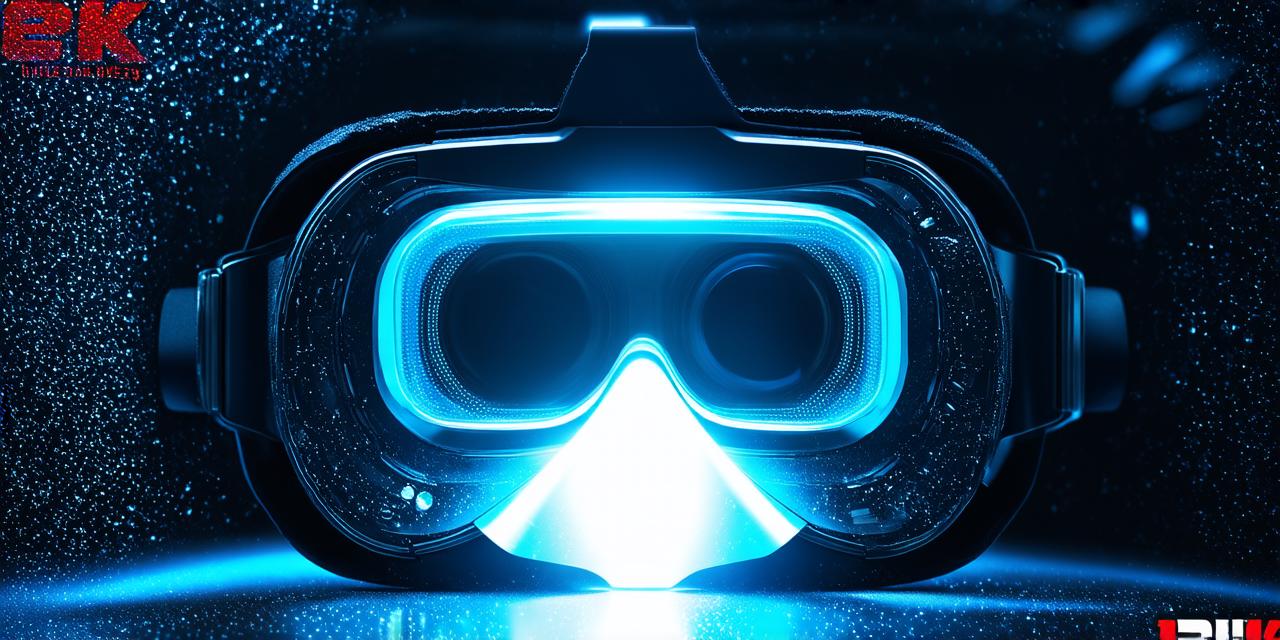1. Enhanced Learning and Training
One of the most significant benefits of VR technology is its ability to enhance learning and training. By creating immersive simulations that replicate real-world scenarios, VR can provide a safe and controlled environment for users to practice skills and learn new concepts. This has made it an increasingly popular tool in industries such as healthcare, aviation, and manufacturing, where the consequences of mistakes can be severe.
For example, medical students can use VR simulations to practice surgical procedures without risking patient harm. Similarly, pilots can use VR to simulate flight scenarios and improve their reaction times and decision-making skills. In the manufacturing industry, VR can be used to train workers on complex machinery and processes, reducing the need for costly training sessions.
2. Improved Collaboration and Communication
Virtual reality technology can also enhance collaboration and communication among virtual reality developers and other stakeholders. By creating shared virtual spaces where people can interact in real-time, VR can facilitate teamwork and collaboration among remote teams. This is especially important for companies with global teams that need to work together seamlessly despite geographic barriers.
3. Increased Engagement and Immersive Experience
Virtual reality technology can create highly engaging and immersive experiences for users. By providing a fully immersive environment, VR can capture the user’s attention and keep them engaged throughout the experience. This makes VR an ideal tool for marketing, entertainment, and education applications.
For example, companies can use VR to create product demos and showrooms that allow customers to interact with products in a more engaging way. In the entertainment industry, VR can be used to create immersive gaming experiences or virtual reality movies that transport users into new worlds.
4. Cost-Effective and Scalable
Virtual reality technology is also cost-effective and scalable, making it an attractive option for businesses of all sizes. By creating a single VR experience, companies can save on the costs associated with producing multiple physical prototypes or creating live demonstrations. In addition, VR experiences can be easily scaled up or down depending on the needs of the business.
5. Improved Accessibility and Inclusivity
Virtual reality technology can also improve accessibility and inclusivity by allowing people to experience things that may not be possible in real life. For example, individuals with mobility impairments can use VR to explore new environments or participate in activities that would otherwise be difficult or impossible for them. Similarly, people living in remote areas can use VR to access educational or cultural experiences that may not be available locally.
Case Study: Virtual Reality Training for Medical Students
One example of how virtual reality technology is being used to enhance learning and training is in the medical field. A study conducted by the University of California, San Francisco found that medical students who used VR simulations for surgical practice had better performance on both technical and non-technical skills than those who did not use VR.
The study found that VR provided a safe and controlled environment for medical students to practice surgical procedures without risking patient harm. In addition, the immersive nature of VR allowed students to better understand complex anatomy and visualize potential complications.
Summary
Virtual reality technology offers many benefits for virtual reality developers, including enhanced learning and training, improved collaboration and communication, increased engagement and immersive experience, cost-effectiveness and scalability, and improved accessibility and inclusivity. By leveraging these benefits, virtual reality developers can create more engaging, interactive, and effective experiences that will resonate with users across a wide range of industries and applications.
FAQs:
1. What are some examples of how virtual reality technology is being used in healthcare?
a. Medical students can use VR simulations to practice surgical procedures without risking patient harm. Similarly, pilots can use VR to simulate flight scenarios and improve their reaction times and decision-making skills. In the manufacturing industry, VR can be used to train workers on complex machinery and processes, reducing the need for costly training sessions.
2. What is the difference between virtual reality and augmented reality?

a. Virtual reality is a fully immersive experience that transports users into a simulated environment. Augmented reality, on the other hand, is an overlay of digital content onto the real world.
3. Is virtual reality technology expensive to develop?
a. While VR development can be more complex than traditional development, there are many tools and resources available that make it easier and more cost-effective than ever before. In addition, the scalability of VR means that even small businesses can benefit from its capabilities.
